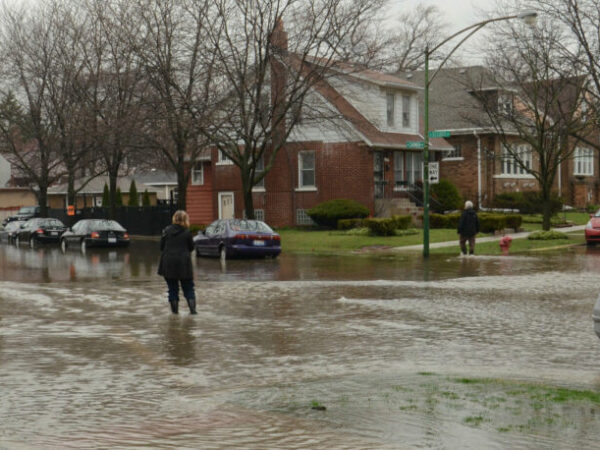

Love staring at a map and discovering something interesting? Then “Mapping the Great Lakes” is for you. It’s a monthly Great Lakes Now feature created by Alex B. Hill, a self-described “data nerd and anthropologist” who combines cartography, data, and analytics with storytelling and human experience. He’s the founder of DETROITography and authored “Detroit in 50 Maps,” a book published in 2021. Find all his Great Lakes Now work HERE.
Housing has been shown to be a critical component of good health, but environmental hazards are everywhere. Whether it is testing for lead exposure and removing mold that could be an asthma trigger or ensuring routine maintenance in public housing, the structures that we live in contribute greatly to our physical health and overall well-being.
Research has found that many homes exist as “toxic structures” trapped in a cycle of aided decay by processes like foreclosure and eviction. The Housing for Health initiative provides a guide and toolkit to ensure nine specific healthy home practices in order to create healthier communities.
Housing in Detroit is often discussed in terms of its absence or dilapidation. It’s no wonder that Detroit’s housing stock has suffered over the decades of job loss, disinvestment and discrimination. But when nearly 35% of residents live below the poverty line, investing in housing comes secondary to food, water, heat, etc. – even though the vast majority of the city (93%) was built before 1978 when the Lead Rule banning lead in paint was adopted.
Detroit is far from alone. The U.S. Census has data on “predominant year built” by census tracts (often a proxy area for a neighborhood) in the American Community Survey. These maps of Great Lakes cities are color-coded to reveal the historical patterns of growth and decay in 38 different cities. Cities with more yellow or red in their center are likely older and more historic, while those with purples, blues or green may still be old cities but have had more recent growth and development. Cities are listed alphabetically, and the majority tend to have a very old core ringed by new development.

Map of Great Lakes housing by predominant year built (Map by Alex Hill for Great Lakes Now)




